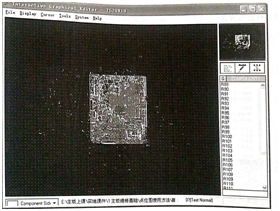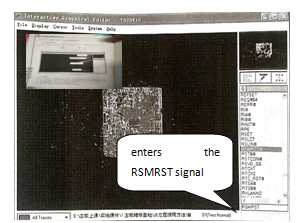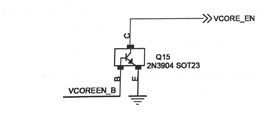Hitachi Automotive Systems said it has applied artificial intelligence (AI) technology to stereo cameras, which are designed for automotive automatic braking. The camera uses hundreds of thousands of data as "teacher data" to achieve night pedestrian detection. At present, various competitors are developing sensors that support AI. Hitachi Automotive Systems will supply this new sensor to Suzuki Motor Co., Ltd. in order to lead the commercialization of AI sensors.
According to the company, the new sensor's performance is much better than its competitors' products, able to detect pedestrians at night, and then the car can automatically brake, more braking performance than vehicles equipped with Israel Mobileye's main image processing chip EyeQ3 it is good.
Previously, Hitachi’s cameras were “rule-based” to identify objects, ie developers needed to set conditions manually, as did other companies’ products. However, the "rule-based" approach complicates conditions and makes it difficult to support nighttime object detection. This time, Hitachi uses machine learning technology to effectively find conditions in large amounts of data.
In general, a stereo camera uses two left and right cameras to take two images, and then uses the parallax between the two images to detect the shape of the object and the object located in front of the vehicle, and then use pattern recognition to determine the detected object. Whether it is a pedestrian. The stereo camera of Hitachi Automotive Systems will use machine learning to perform image recognition.
Hundreds of thousands of "teacher data" are stored in the image processing microcomputer of the new camera, and then the image taken by the camera is compared with "teacher data" to determine whether the object is a pedestrian. Previously, the stereo camera of Hitachi Automotive Systems used the normal pattern recognition method, which uses multiple images for judgment.
Even if the pedestrian is only illuminated by the headlights of the car or the entire body of the pedestrian can be seen, and the brightness of each body part is different, the camera uses machine learning, which is easier to detect than the traditional pattern recognition method.
The Hitachi Automotive System also increases the dynamic detection range of the CMOS sensor, reducing the F value of the lens (the smaller the F value, the larger the aperture) and doubling the sensitivity of the camera. Thanks to its dynamic range of motion detection, the camera captures both bright and dark objects. And because the F value is smaller, the camera is more likely to find pedestrians in the dark.
When machine learning techniques are applied to image recognition processing, the amount of data that needs to be processed is increased. In order to solve this problem, the Hitachi Automotive System has modified the microcomputer of the stereo camera to improve its performance. The previous stereo camera used three microcomputers for image processing, image recognition, and vehicle control. The new stereo camera of Hitachi Automotive Systems integrates only two microcomputers for image processing and image recognition. Then, the microcomputer for image recognition is upgraded from a single core to a dual core. As the number of cores increases, the microcomputer can not only use machine learning technology, but also improve the processing speed of image recognition.























